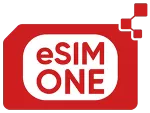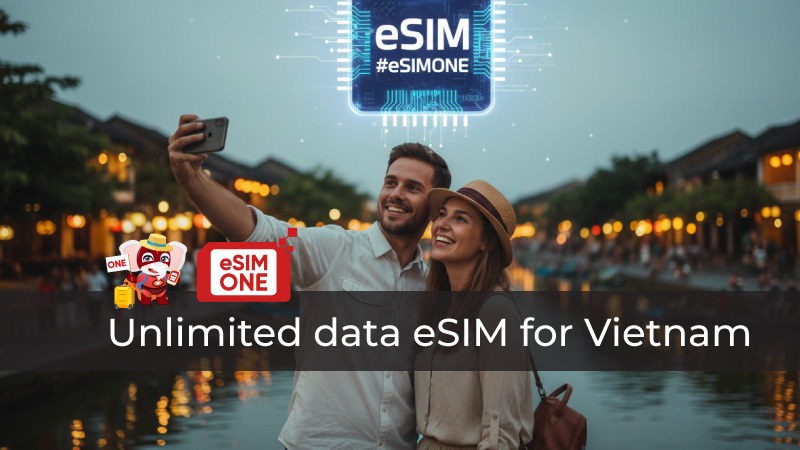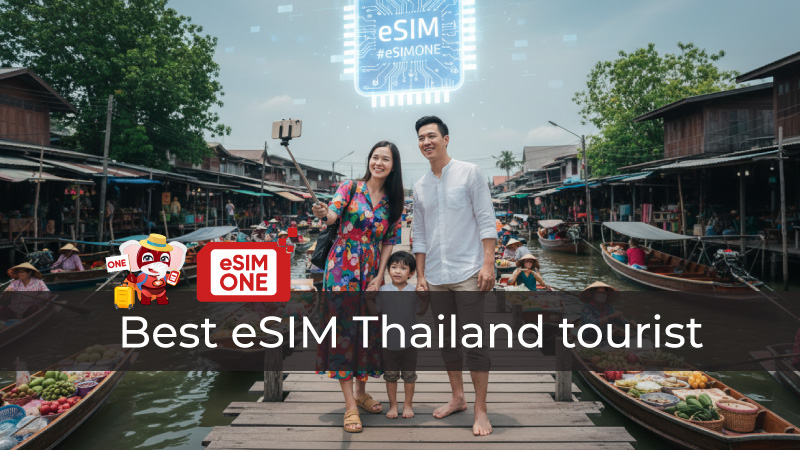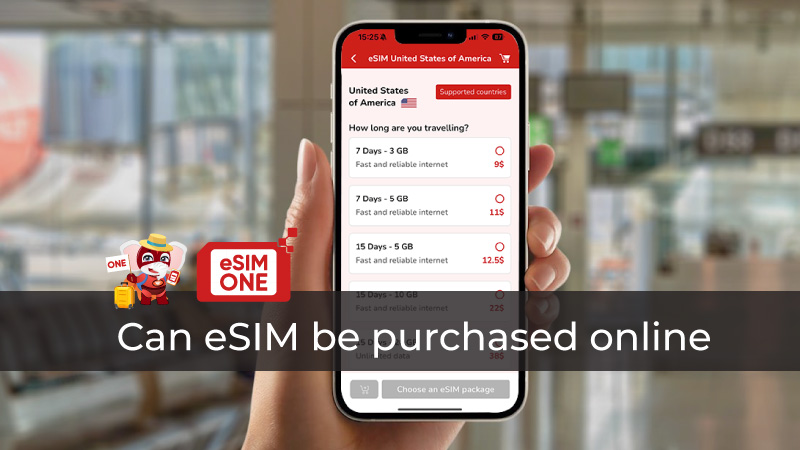Is eSIM Better than Roaming? Save 80% on Data Costs

Is eSIM better than roaming cost comparison 2025
Is eSIM better than roaming remains the critical question for international travelers seeking cost-effective connectivity. With roaming charges reaching $10-15 daily versus eSIM plans starting at $3-5, the financial difference is substantial. This comprehensive analysis examines cost comparisons, coverage quality, and practical considerations, answering Is eSIM better than roaming alongside related questions about data plans and travel connectivity options in 2025.
Understanding Is eSIM better than roaming Technology Differences
Is eSIM better than roaming requires understanding fundamental technological differences between embedded digital SIM profiles and traditional roaming agreements. Traditional roaming operates through bilateral agreements between home carriers and international network partners enabling temporary network access. eSIM technology provides direct local network connectivity through downloadable carrier profiles eliminating roaming intermediaries.
The technical architecture distinguishes Is eSIM better than roaming performance significantly. Roaming connections pass through home carrier infrastructure routing data internationally before reaching users. This multi-hop architecture introduces latency and potential throttling. eSIM connections access local networks directly providing native speeds identical to domestic users.
eSIM Technology vs Traditional Roaming Networks
eSIM technology operates through embedded Universal Integrated Circuit Cards (eUICC) permanently installed in device hardware. Profile downloads occur over-the-air through secure carrier portals requiring only internet connectivity. Traditional roaming requires no setup but imposes significant cost penalties and potential service restrictions.
Network access methods fundamentally differ affecting Is eSIM better than roaming performance comparisons. Roaming connections utilize home carrier agreements potentially restricting available networks or imposing speed limitations. eSIM users access full local network capabilities without carrier-imposed restrictions.
Is eSIM or data roaming better for Speed and Reliability
Is eSIM or data roaming better for performance depends on network access quality and infrastructure. Independent testing reveals eSIM connections typically deliver 20-50% faster speeds than roaming alternatives. Direct local network access eliminates international routing delays inherent in roaming architecture.
Reliability comparisons favor Is eSIM or data roaming better through local network priority. Roaming users may experience deprioritization during network congestion as visitor traffic ranks below domestic subscribers. eSIM plans utilizing local carrier profiles receive identical priority as domestic customers.
Coverage Comparison: Local Networks vs Roaming Partnerships
Geographic coverage analysis reveals Is eSIM better than roaming advantages in comprehensive network access. Roaming agreements typically partner with single networks potentially missing optimal coverage. eSIM users can select providers offering best coverage for specific destinations.
Urban versus rural performance differences affect Is eSIM better than roaming evaluations. Major cities typically provide adequate roaming coverage while remote areas experience gaps. eSIM flexibility enables switching providers optimizing coverage based on travel itineraries.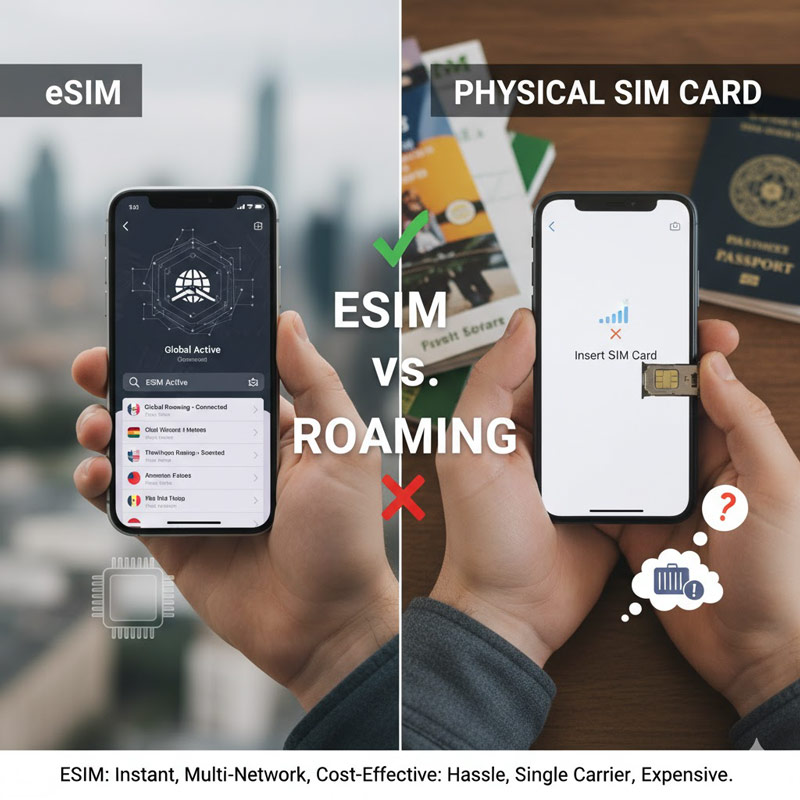 Is eSIM or data roaming better coverage comparison
Is eSIM or data roaming better coverage comparison
Cost Analysis: Is it better to get eSIM or international plan
Is it better to get eSIM or international plan financially depends on trip duration and data requirements. Traditional roaming charges from major carriers range $10-12 daily regardless of actual usage. eSIM plans offer flexible pricing from $3-5 daily for basic connectivity to $25-45 for unlimited monthly access.
Cost structure transparency distinguishes Is it better to get eSIM or international plan significantly. Roaming plans often include hidden charges for overage, calls, and SMS messages. eSIM providers typically offer upfront pricing without surprise fees. The financial case for eSIM strengthens dramatically for trips exceeding 48 hours.
Break-even analysis reveals Is it better to get eSIM or international plan crossover points. Ultra-short trips under two days may favor roaming convenience despite higher per-day costs.
Roaming Fee Structures and Hidden Charges
Traditional roaming fee structures include daily access charges ranging $7.86-12 per day for popular destinations. UK operators like EE and Vodafone charge £7.86 daily for Zone C countries including USA and Australia. These fees apply regardless of minimal data consumption penalizing light users disproportionately.
Hidden costs significantly impact Is it better to get eSIM or international plan total expense calculations. Overage charges reach $2.05 per MB when exceeding plan allowances. Voice call premiums range $1.79-3.00 per minute for outgoing calls. SMS fees add $0.50-1.30 per message including multimedia content.
Fair usage policies complicate roaming cost predictions. Many UK and European carriers impose 25GB caps on European roaming despite "unlimited" domestic plans. Exceeding caps triggers additional charges or service suspension.
eSIM Pricing Models and Transparency
eSIM pricing models emphasize transparency through upfront costs and clear data allowances. Budget plans start at $3-5 for 1GB covering short trips. Mid-tier options provide 10-20GB for $15-25 suitable for week-long travel. Premium unlimited plans cost $30-70 monthly offering comprehensive coverage.
Volume discounts improve Is it better to get eSIM or international plan value propositions. Purchasing 30GB packages costs significantly less per gigabyte than smaller allocations. Extended validity periods ranging 30-90 days accommodate flexible travel schedules.
Data-only focus eliminates voice call premiums common in roaming plans. eSIM users utilize VoIP services like WhatsApp, Skype, or FaceTime for free calling over data connections. This approach typically saves $20-50 monthly versus traditional voice roaming charges.
Real-World Cost Comparisons Across Destinations
Japan travel cost comparisons demonstrate dramatic Is it better to get eSIM or international plan savings. Seven-day trips incur $70-84 roaming charges versus $17-25 for equivalent eSIM packages. Extended 30-day stays cost $300-360 through roaming compared to $50-70 for unlimited eSIM plans.
European destination analysis reveals similar Is it better to get eSIM or international plan financial advantages. Post-Brexit roaming fees reintroduced by EE, Vodafone, and Three charge £2-3 daily. eSIM alternatives provide Europe-wide coverage for $15-30 weekly eliminating daily charges.
Is it better to get an eSIM when travelling: Practical Advantages
Is it better to get an eSIM when travelling extends beyond cost savings to practical convenience factors. Instant activation upon destination arrival eliminates airport kiosk queues and store visits. Pre-departure setup ensures immediate connectivity when stepping off aircraft.
Dual-SIM capabilities address Is it better to get an eSIM when travelling concerns about missing important communications. Travelers maintain home number accessibility for calls and SMS while utilizing eSIM for data. This configuration prevents expensive roaming charges while preserving reachability.
Instant Activation and Setup Convenience
Pre-departure eSIM installation eliminates arrival stress and connectivity delays. Travelers purchase and configure profiles before leaving home ensuring immediate functionality. Airport WiFi enables rapid activation without navigating foreign stores or language barriers.
Setup simplicity favors Is it better to get an eSIM when travelling through streamlined QR code scanning. Installation completes within 5-10 minutes requiring only stable internet connectivity. No physical card handling prevents loss or damage concerns.
Dual-SIM Benefits for International Travelers
Dual-SIM functionality revolutionizes Is it better to get an eSIM when travelling by maintaining dual connectivity. Primary home numbers remain active for incoming calls while eSIM handles data needs. This configuration prevents missing important communications during international travel.
Work-life balance improvements emerge through separate business and personal lines. Travelers designate specific numbers for different purposes without carrying multiple devices. Contact segregation simplifies communication management.
Data Control and Usage Monitoring
Real-time usage monitoring distinguishes Is it better to get an eSIM when travelling through transparent consumption tracking. Native device settings display detailed statistics preventing overage surprises. Proactive alerts warn approaching limits enabling timely top-ups.
Flexible data management enables mid-trip modifications based on actual requirements. Users can upgrade plans, extend validity, or purchase additional data without service interruption. This adaptability surpasses fixed roaming packages lacking modification flexibility.
Emergency Connectivity and Backup Options
Emergency scenarios benefit from Is it better to get an eSIM when travelling backup connectivity options. Dual-SIM configurations maintain home carrier access for critical communications. Primary eSIM failures enable immediate switching to backup profiles.
Device flexibility accommodates storing multiple eSIM profiles for different destinations. Travelers can pre-load backup options activating alternatives if primary providers experience issues. This redundancy surpasses single-option roaming arrangements.
Is eSIM better than roaming (Is it better to get an eSIM when travelling)
Best eSIM for international travel: Top Provider Analysis
Best eSIM for international travel determination requires evaluating coverage breadth, pricing competitiveness, and support quality. Market leaders including Saily, Airalo, Holafly, and Nomad compete through different value propositions. Provider selection significantly impacts Is eSIM better than roaming satisfaction and total costs.
Coverage extent varies from 80-200+ countries affecting destination suitability. Premium providers maintain direct tier-one carrier relationships ensuring optimal performance. Budget alternatives may utilize secondary network arrangements potentially affecting speeds.
Customer support quality distinguishes Best eSIM for international travel experiences during technical difficulties.
Best eSIM Travel Review 2025 (Top leading Provider eSIM at here: bestesimtravel.com)
Saily: Premium Security and Global Coverage
Saily positions itself as premium Best eSIM for international travel option emphasizing integrated security. Parent company Nord Security provides built-in VPN, ad-blocking, and web protection features. Global coverage spans 190+ countries with competitive pricing starting $8.99 for basic packages.
Airalo: Market Leader with 200+ Countries
Airalo pioneered the Best eSIM for international travel marketplace with extensive 200+ country coverage. Market leadership position establishes brand recognition and comprehensive destination selection. User-friendly interfaces appeal to first-time eSIM adopters.
Pricing reflects premium market positioning with plans typically 15-25% above newer competitors. However, promotional codes including discounts partially offset higher base rates.
Holafly: Unlimited Data Specialist
Holafly specializes in unlimited data packages distinguishing their Best eSIM for international travel positioning. Genuine unlimited access without throttling or fair usage restrictions appeals to heavy data users. Global coverage spans 200+ destinations with monthly plans starting $64.90.
Nomad: Budget-Friendly Regional Options
Nomad achieves Best eSIM for international travel value through regional optimization. Eleven regional packages starting at $1.30/GB provide exceptional affordability. Asia, Europe, Americas, and other continent-specific plans match focused travel patterns.
User interface simplicity facilitates easy plan selection and account management. Integrated data calculator helps estimate requirements. Recent SMS feature additions enhance value for US, UK, and Canadian travelers.
Jetpac: New User Discounts and Travel Perks
Jetpac offers aggressive Best eSIM for international travel pricing through new user incentives. Vietnam plans starting at $1.60/GB represent exceptional value for Southeast Asian destinations. Global coverage spans 86 countries focusing on popular tourist locations.

Best eSIM for international travel decision guide
Decision Framework: Is eSIM better than roaming for You
Is eSIM better than roaming determination requires systematic evaluation of individual circumstances. Trip duration, data requirements, and destination characteristics significantly influence optimal connectivity choices. Personal technical comfort levels and setup preferences affect practical suitability.
Financial optimization represents primary Is eSIM better than roaming consideration for budget-conscious travelers. Trips exceeding 48 hours deliver substantial eSIM savings. Extended travel lasting weeks or months maximizes financial advantages.
Trip Duration and Data Requirements Assessment
Trip duration fundamentally affects Is eSIM better than roaming financial analysis. One-day visits may favor roaming convenience despite $10-12 costs. Three-to-seven-day trips strongly favor eSIM savings of 60-70%.
Extended travel exceeding two weeks delivers maximum eSIM advantages. Monthly roaming costs reach $300-360 compared to eSIM unlimited plans at $50-70. Savings percentages range 75-85% for long-term travelers.
Destination-Specific Considerations
Geographic factors affect Is eSIM better than roaming availability and performance. Major tourist destinations including Europe, USA, and Asia offer comprehensive eSIM coverage. Remote locations may limit eSIM provider options favoring roaming reliability.
Network infrastructure quality varies by destination impacting connectivity experiences. Developed markets provide excellent eSIM performance matching or exceeding roaming. Emerging markets may experience inconsistent eSIM availability.
Device Compatibility and Technical Requirements
Device compatibility represents essential Is eSIM better than roaming prerequisite. eSIM-compatible devices include iPhone XR and newer, Samsung Galaxy S20 series, Google Pixel 3+, and select Xiaomi, Huawei, Oppo models. Incompatible devices cannot utilize eSIM requiring traditional roaming or physical SIM cards.
Author: Leon
